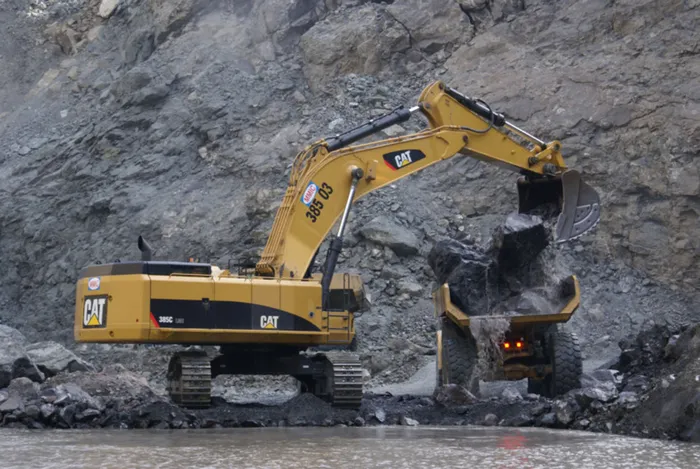Mining output dips as sector faces renewed pressure from weak demand and rising costs
MINING PRODUCTION

There have been mixed reactions as mining experienced a setback in August. Stats SA's release of Mining and Production and sales August 2025 on Tuesday indicated that mining production decreased by 0.2% year-on-year in August 2025.
Image: Supplied
South Africa’s mining industry recorded a slight setback in August, with production declining by 0.2% year-on-year, according to Statistics South Africa’s (Stats SA) latest Mining Production and Sales report released last week.
The contraction, which fell short of market expectations, has sparked mixed reactions from economists and industry observers.
Stats SA said the biggest drags on output came from Platinum Group Metals (PGMs), gold, and manganese ore — down 3.0%, 3.6%, and 3.4% respectively — collectively subtracting 1.6 percentage points from overall production.
"Coal was the largest positive contributor, rising by 4.1% and contributing 0.8 of the percentage point to overall growt," said Jean-Pierre Terblanche, principal service statistician at Stats SA.
Seasonally adjusted mining production fell for the first time in six months, decreasing by 1.2% month-on-month in August, following a 1.2% rise in July and a 0.3% increase in June.
Over the three months to August, however, output was 3.3% higher compared with the previous three-month period, mainly supported by PGMs and coal.
Despite weaker production, mineral sales surged by 23.3% year-on-year at current prices, buoyed by significantly higher gold and PGMs sales — up 471.5% and 44.1% respectively.
Stats SA noted that while month-on-month mineral sales fell 2.9%, they still rose 4.7% over the three months to August.
Investec Economist Lara Hodes said mining production “essentially stalled” in August, falling short of Bloomberg consensus expectations for a 1.7% increase, following a revised 5.1% rise in July.
“Seven of the 12 categories included in the mining basket contracted when compared to the same period last year," Hodes said.
"However, August’s slide was largely underpinned by the decrease in production of PGMs and gold which detracted a combined -1.3% points from the topline reading.”
Hodes noted that PGM output dropped 3.0% year-on-year, reversing July’s 6.2% gain, while gold production slid 3.6%. Both subsectors continue to battle escalating input costs, especially electricity, water, and labour — critical for deep-level, energy-intensive operations.
“PGMs followed by the gold sector continued to experience the highest increase in input costs again in August, according to the Minerals Council SA. Specifically, PGM and gold mining are typically deep-level, underground operations that require intensive use of electricity and water” along with “large labour forces to maintain production.”
Still, she pointed out that the World Bank’s Precious Metals Index climbed 36% year-on-year in August, with gold, platinum, and silver prices rising 36%, 42%, and 34% respectively.
“Global uncertainty has seen investors flock to safe haven assets. The sustained, significant discount of platinum relative to gold continues to add to its appeal, according to the World Platinum Investment Council. This is especially true in China, where both jewellery demand and bar and coin demand are forecast to show exceptionally strong growth.”
FNB senior economist Thanda Sithole described the August results as a “setback” following signs of recovery earlier this year.
“Year-to-date, output is down 1.5%, largely reflecting weakness across PGMs and gold, among the major mining divisions. Prior to the latest data, mining output had shown encouraging signs of recovery over the past three months, even contributing positively to 2Q25 GDP growth," Sithole said.
"While favourable terms of trade and US tariff exemptions on certain critical minerals may offer some support, subdued external demand and persistent uncertainty are likely to keep global growth sluggish.”
BUSINESS REPORT